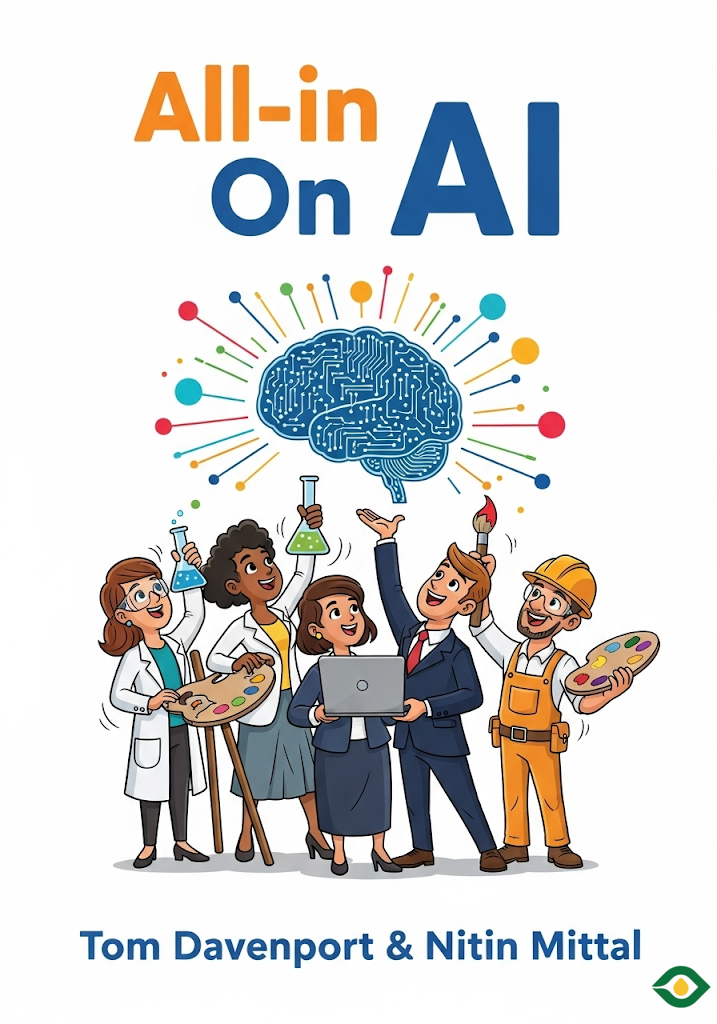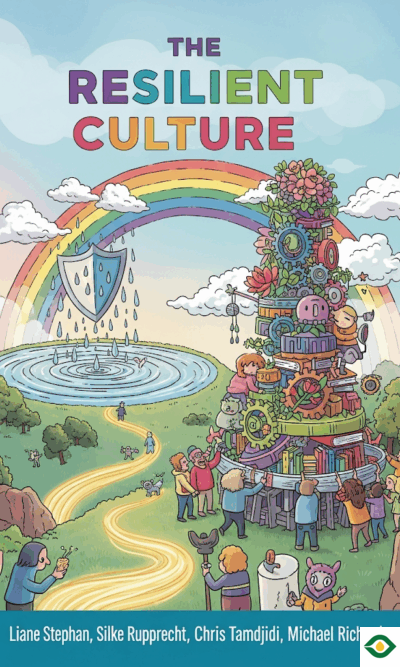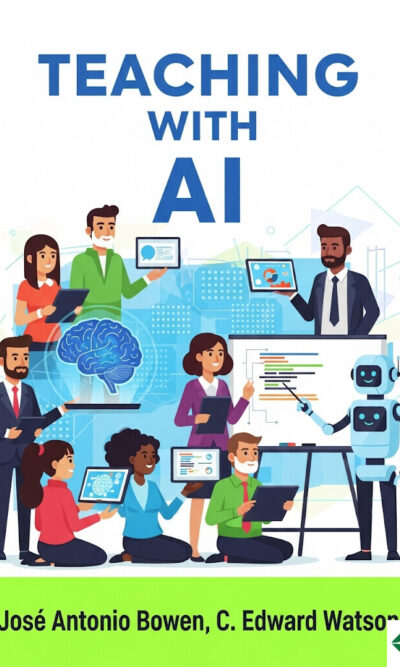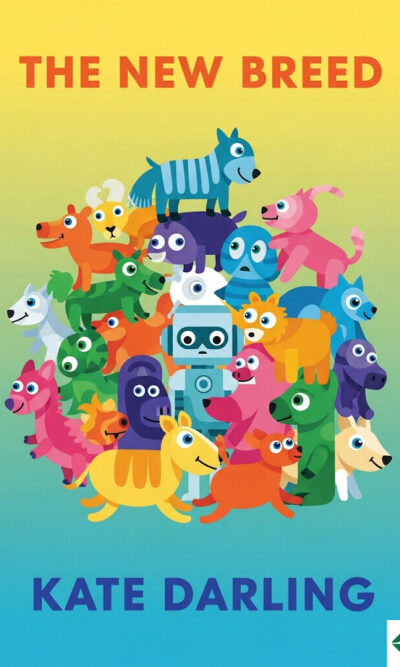Description
Artificial intelligence is one of the most exciting technologies shaping the future. It promises to change how companies work, how people do their jobs, and how industries create value. But despite all the hype, one simple truth stands out: AI is not just about technology. It is mainly about people. The human side—leadership, culture, and skills—decides whether AI becomes a tool for growth or just an unused experiment.
At first, this idea may seem surprising. Many people imagine that AI is powered only by algorithms, data, and machines. They assume success comes from having the best engineers or the latest software. But the reality is that even the smartest technology will fail without the right mindset and support from people. To unlock AI’s potential, companies must encourage curiosity, openness, and learning. Leadership must inspire, and culture must support experimentation. Only then can AI bring lasting benefits.
One powerful example comes from DBS Bank under the leadership of Piyush Gupta. Banking is often seen as traditional, cautious, and slow to change. Yet Gupta transformed it into one of the most innovative companies in its industry. His strategy was simple but bold: allow people to experiment with AI. Employees were given space and time to try new ideas. Every six months, they shared their projects and results. This culture of experimentation uncovered unexpected opportunities. In one case, AI was used in human resources to predict employee turnover and to improve recruitment. This shows that AI can bring value not only in technology-heavy areas but also in everyday business functions.
Experimentation, however, is only the beginning. For AI to work, people need to understand it. This is where data literacy becomes critical. Having a powerful tool is useless if no one knows how to use it. Employees must be trained to feel confident with data and AI systems. Some companies hire specialists to bridge the gap, while others design education programs for their staff. The goal is always the same: give people the knowledge and comfort to use AI in practical ways.
Disney offers another example. The company introduced what it calls “evangelytics”—a culture of evangelizing the power of analytics. Instead of forcing technical training alone, Disney inspires employees by sharing stories about how data can create magic. By making data exciting and meaningful, they encourage employees to see AI as a tool for creativity and innovation rather than as a threat.
These stories highlight an important truth. Technology evolves quickly, but human adaptation takes time. As AI changes how businesses operate, it also changes the kinds of jobs people do. Some roles disappear, while new ones emerge. To keep up, companies must either hire new talent or retrain existing workers. This is not a one-time task—it is an ongoing process. AI requires continuous learning. Employees must regularly update their skills, and leaders must keep motivating their teams to grow.
The shift toward AI is not only about efficiency or cost savings. It is about preparing for a future where technology keeps advancing. If companies fail to invest in people, they risk falling behind. But if they build a learning-friendly culture, they can grow stronger. AI adoption then becomes less about fear of replacement and more about opportunity for improvement.
Of course, challenges exist. Many people feel nervous about AI, worrying it might replace their jobs. Others hesitate because they don’t understand the technology. This is why leadership is so important. Leaders must speak honestly about both the benefits and the difficulties. They should highlight success stories but also acknowledge concerns. By creating an open conversation, leaders build trust. Trust then allows employees to engage with AI more positively.
Another challenge is making AI practical. It is easy to imagine big promises, but success comes from small, consistent steps. Companies should start with specific problems and let teams experiment. Over time, these experiments build confidence and results. When employees see AI solving real problems—like predicting customer needs, improving scheduling, or enhancing product quality—they are more likely to embrace it.
Importantly, AI is not a one-time project. It is a journey. Technology will keep changing, and businesses must keep adapting. This means organizations need people who are flexible, curious, and ready to learn. It also means building systems that reward experimentation and accept mistakes as part of progress. Failure, when used as learning, becomes a step toward innovation.
At the core, AI is about partnership between humans and machines. Machines provide speed, scale, and accuracy. Humans provide vision, empathy, and creativity. When these strengths combine, possibilities multiply. For example, an AI model can analyze millions of data points in seconds, but it takes human insight to ask the right questions and to use the answers wisely.
The companies that succeed with AI are the ones that never forget this balance. They invest in the best tools but also in the best cultures. They design strategies for the future but keep people at the center. They treat AI not as a replacement for humans but as a complement that extends human ability.
So what can we learn from these lessons? First, technology alone is not enough. A company could have the most advanced AI, yet still fail without leadership and culture. Second, learning never stops. AI demands continuous education and practice. Third, experimentation is key. Teams must be free to try, fail, and try again. And finally, success comes from trust. Leaders must be honest, employees must be engaged, and together they must believe in the journey.
As we move deeper into the digital age, AI will keep reshaping the world of work. Jobs will change, industries will adapt, and new opportunities will appear. The companies that thrive will be those that understand one simple truth: people are the heart of AI. Machines can calculate, but only humans can dream, lead, and inspire.
In the end, adopting AI is not just a technical challenge. It is a human adventure. It asks us to rethink how we learn, how we work, and how we grow. With the right leadership, culture, and mindset, AI becomes more than a tool—it becomes a partner in building the future. And that future will belong to those who put people first while embracing the power of technology.





